squidsagirl420
Fish Fanatic
Hello, this is my first post  I need some help.
I need some help.
this is my first tank, I have what i was told is a 30gallon tank. i think its a nano cube style? lol. im sorry... noob probs.
anyway, i have several plants and things were going well... Then i got a new bulb and shortly after, an algae bloom.
Im not sure if this is because i now have too much light, or if its at all possibly from a wafer i threw in for a pleco and it mostly disintegrated...
I was given the pleco and after some research, realized he would not be happy in my little tank since he gets HUGE. so i returned him. it was a sad day.
well now i have this bloom and i dont know how to fix it. mostly because im not sure whats causing it...
my other problem is my plants are stunting... I did a water change and added excel wondering if its a co2 lacking... or oxygen overload? they actually seemed better today. new taller growth on some and longer space between leafs on my anacharis. i am totally a noob and there is so much to learn for a "simple freshwater tank" like i thought i was getting into. LOL. but i love to learn and enjoy a challenge.
a little more info on my tank:
sand substrate
i put in flourish and excel. (is this feeding the algae?)
its at 78F
i have 8 danios
somwhere between 4-7 ghost shrimp. (they hide well)
1 mystery snail
1 nerite snail
and a miniature crayfish. (he has his own corner and is yet to be aggressive. but he has his hiding places.)
bulbs: one odyssea fluorescent 36w 6500K
and one 50/50 combo bulb that is half 10000k and half actinic 460mn
why would the plants stunt and algae bloom? looking right now, the stunting is much better. water change probably helped. what does that signal?
thanks so much for help!
-Squid
this is my first tank, I have what i was told is a 30gallon tank. i think its a nano cube style? lol. im sorry... noob probs.
anyway, i have several plants and things were going well... Then i got a new bulb and shortly after, an algae bloom.
Im not sure if this is because i now have too much light, or if its at all possibly from a wafer i threw in for a pleco and it mostly disintegrated...
I was given the pleco and after some research, realized he would not be happy in my little tank since he gets HUGE. so i returned him. it was a sad day.
well now i have this bloom and i dont know how to fix it. mostly because im not sure whats causing it...
my other problem is my plants are stunting... I did a water change and added excel wondering if its a co2 lacking... or oxygen overload? they actually seemed better today. new taller growth on some and longer space between leafs on my anacharis. i am totally a noob and there is so much to learn for a "simple freshwater tank" like i thought i was getting into. LOL. but i love to learn and enjoy a challenge.
a little more info on my tank:
sand substrate
i put in flourish and excel. (is this feeding the algae?)
its at 78F
i have 8 danios
somwhere between 4-7 ghost shrimp. (they hide well)
1 mystery snail
1 nerite snail
and a miniature crayfish. (he has his own corner and is yet to be aggressive. but he has his hiding places.)
bulbs: one odyssea fluorescent 36w 6500K
and one 50/50 combo bulb that is half 10000k and half actinic 460mn
why would the plants stunt and algae bloom? looking right now, the stunting is much better. water change probably helped. what does that signal?
thanks so much for help!
-Squid


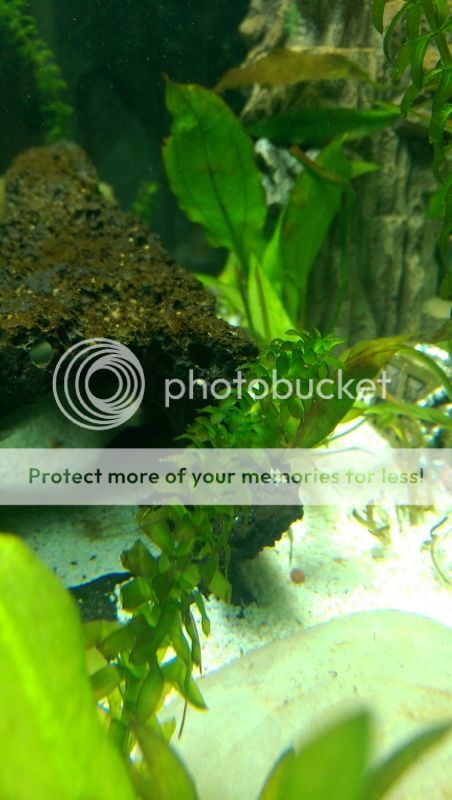

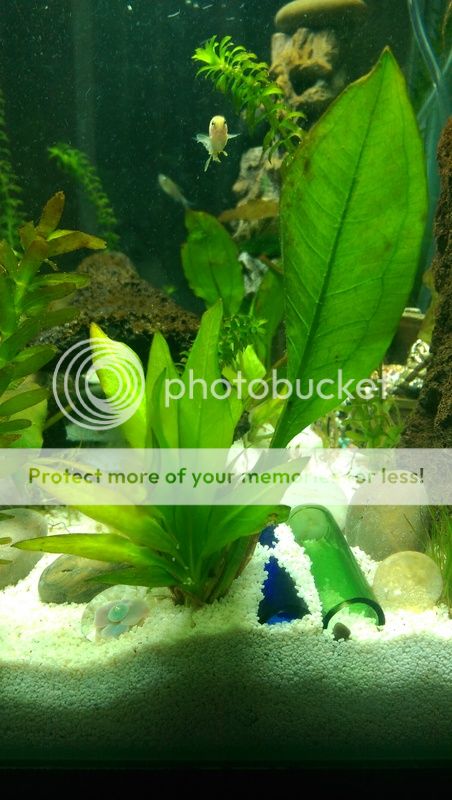
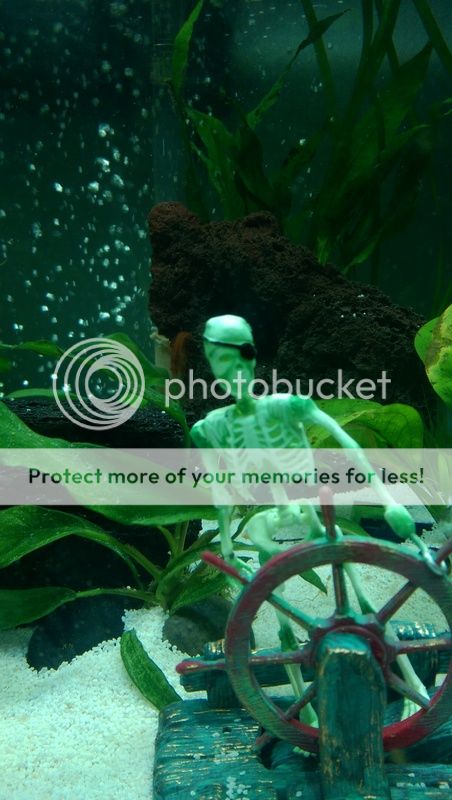
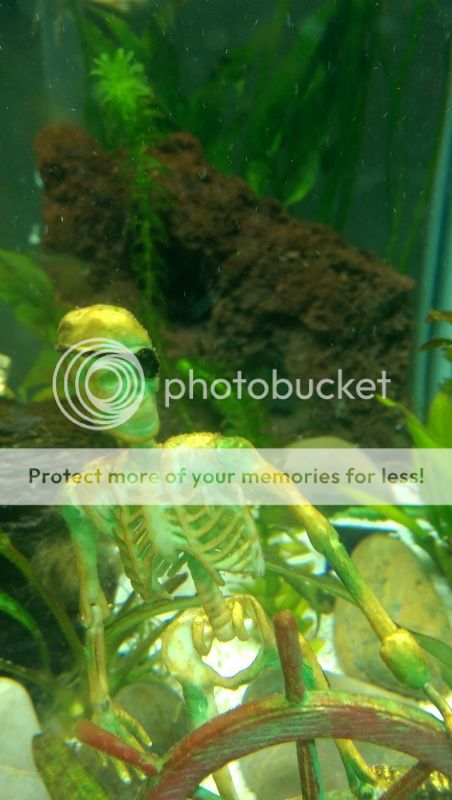
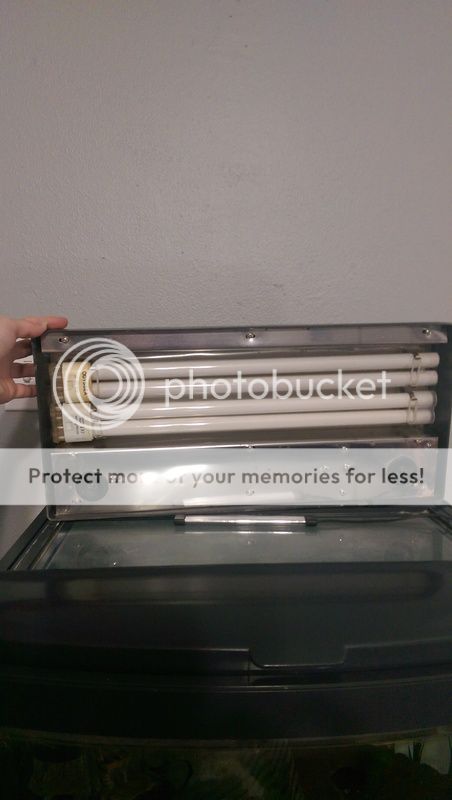
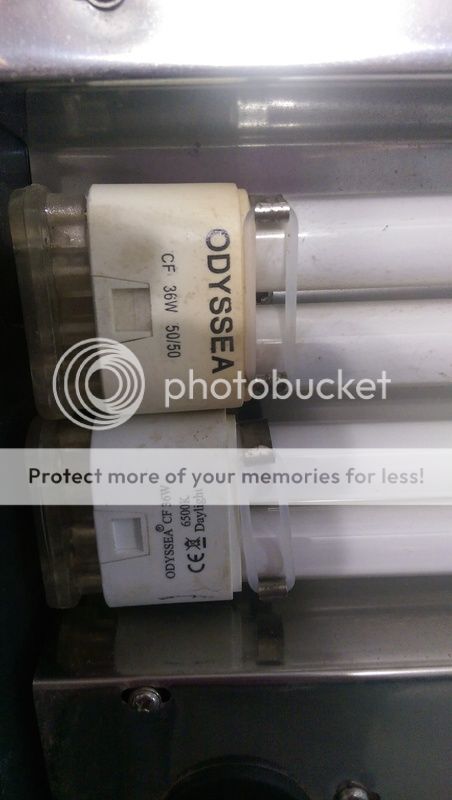
 /www.mylubbock.us/docs/default-source/water-department-file-library/water-quality-report-2013.pdf?sfvrsn=12
/www.mylubbock.us/docs/default-source/water-department-file-library/water-quality-report-2013.pdf?sfvrsn=12
